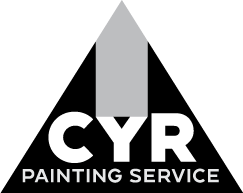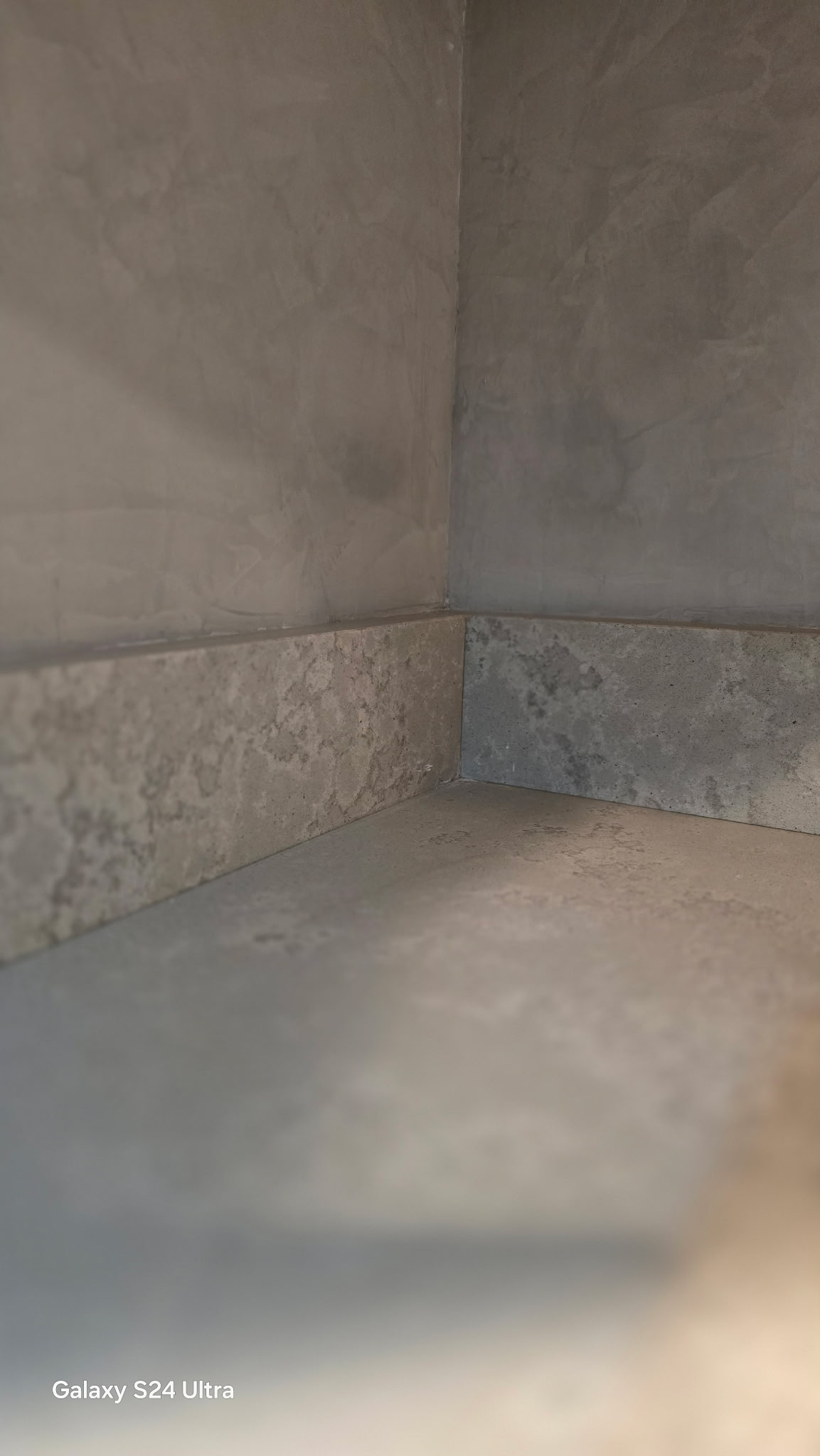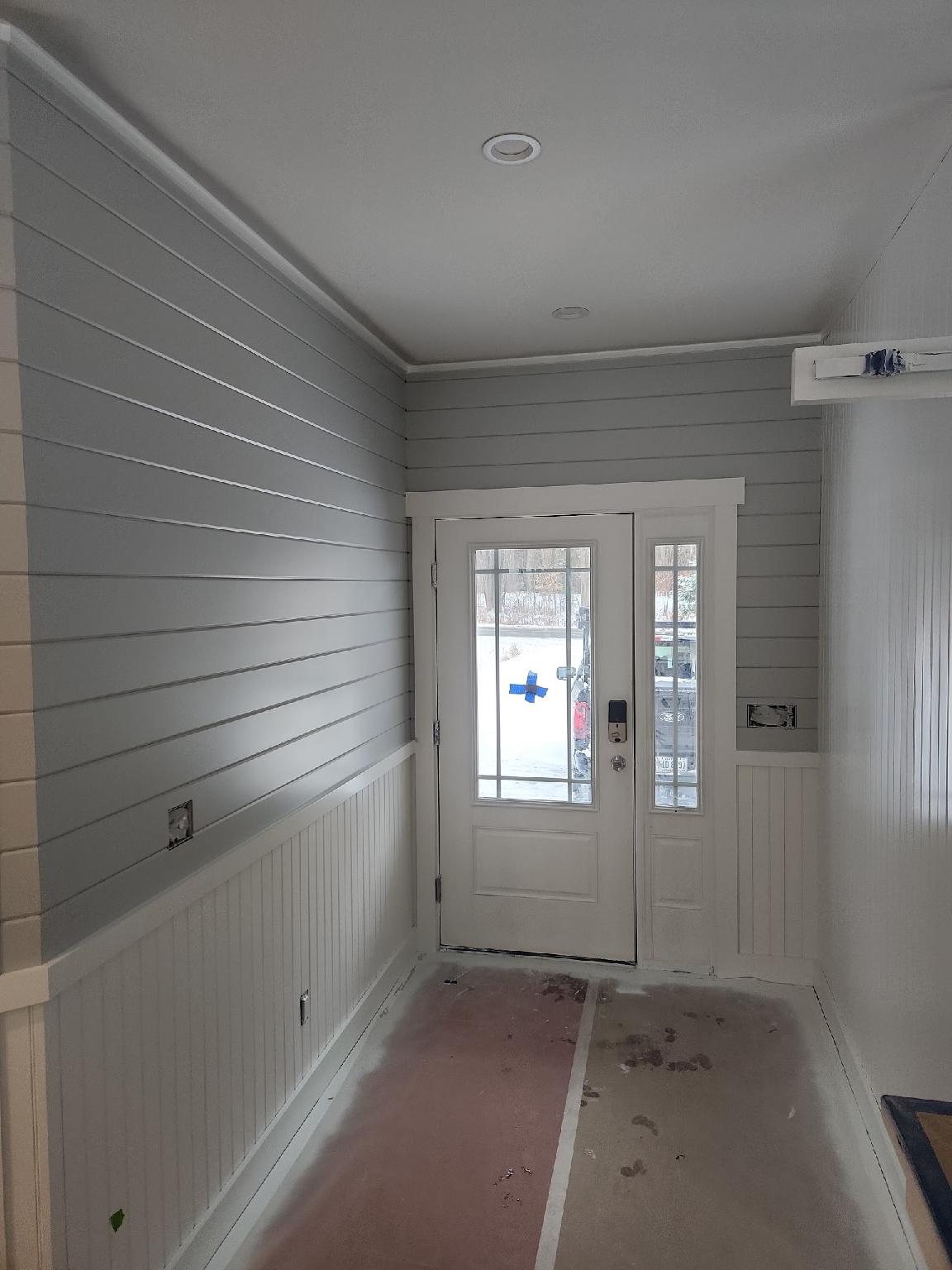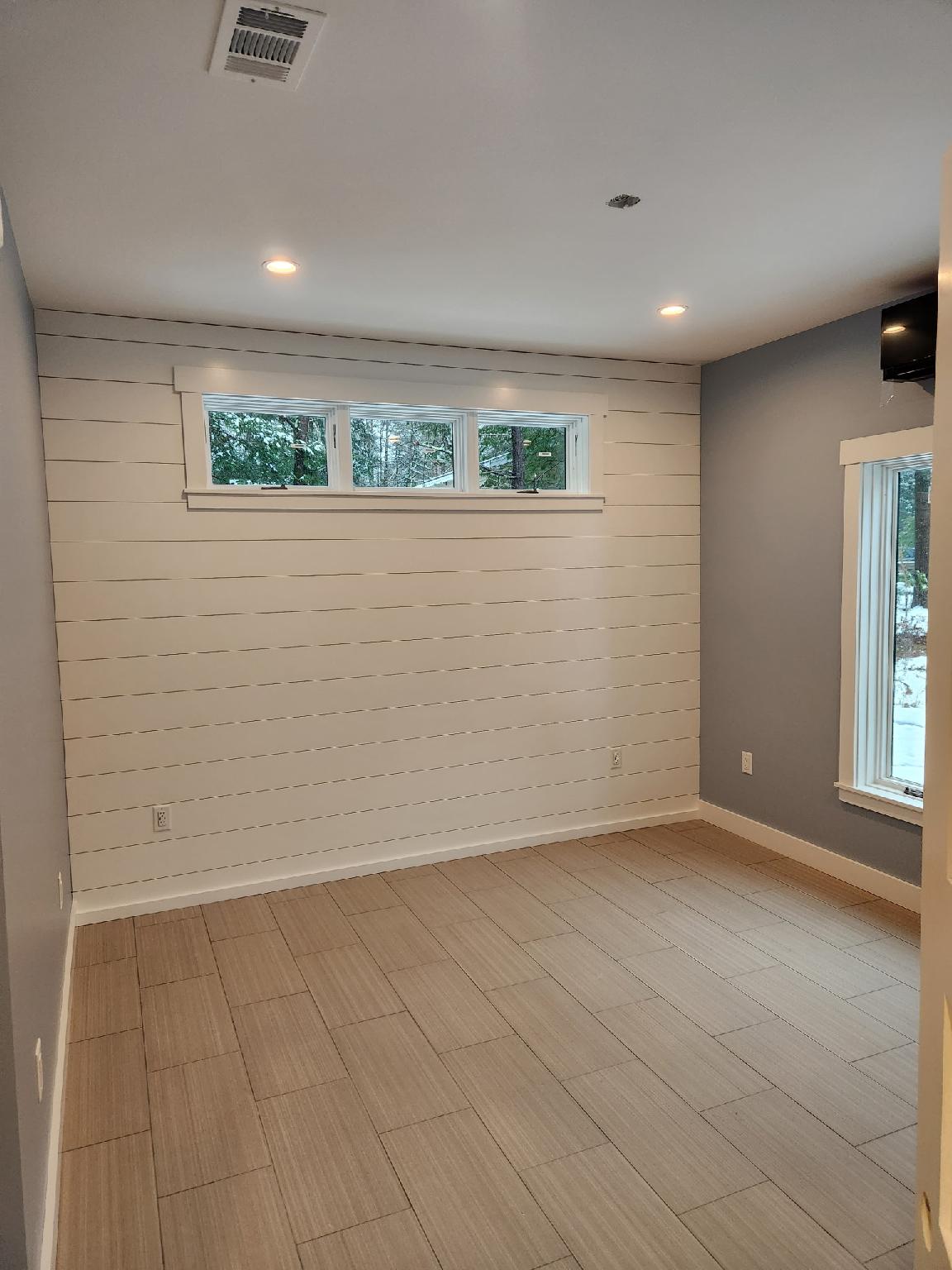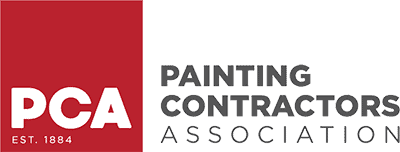Imagine freshly painted walls that start peeling, bubbling, or cracking within months. It’s frustrating, costly, and disappointing. The root cause? Often, the problem isn’t the paint itself — it’s what happened before the paint ever touched the wall.
Proper wall prep is the cornerstone of any successful painting project. Without it, paint adhesion weakens, finishes fail prematurely, and property owners end up paying for costly repairs and repaints sooner than expected.
Unfortunately, some contractors skip or skimp on critical wall prep steps to save time or reduce labor costs. Cutting corners might help them meet tight deadlines or boost short-term profits, but the consequences for property owners are far more expensive.
This blog uncovers the most common wall prep steps contractors often neglect, explains the risks involved, and offers actionable guidance on how to ensure your paint job lasts for years—not just months.
The Most Common Wall Prep Steps Contractors Skip
Cleaning Walls Thoroughly
One of the simplest yet most overlooked steps is cleaning the walls before painting. Dust, dirt, grease, and grime accumulate on surfaces over time, especially in kitchens, bathrooms, or high-traffic areas.
When these contaminants aren’t properly removed, paint struggles to bond with the surface. The result is poor adhesion, blistering, and peeling.
Unfortunately, it’s common for contractors to only wipe walls with a dry cloth or skip cleaning altogether to save time.
Repairing Wall Damage
Cracks, dents, holes, and nail pops are inevitable on walls—especially in occupied homes or commercial properties. Proper repair is critical.
Failing to fill and smooth these imperfections before painting leads to uneven paint surfaces, visible blemishes, and reduced durability.
Some contractors rush through repairs or ignore minor damage, causing premature paint failure and disappointing aesthetics.
Sanding Surfaces Properly
Sanding serves multiple purposes: it smooths rough patches, scuffs glossy finishes for better adhesion, and blends repaired areas seamlessly.
Skipping sanding, especially on glossy or previously painted surfaces, creates poor “tooth” for new paint to grip, causing bubbling or peeling.
Visible brush marks and roller lines often appear when surfaces aren’t adequately sanded, leaving a less-than-professional finish.
Priming
Primer acts as the foundation between the wall and topcoat. It seals porous surfaces, blocks stains, and improves adhesion.
When contractors omit primer or apply it inconsistently, stains and repairs can bleed through the paint, and adhesion weakens.
The result? Premature cracking, discoloration, and flaking.
Masking and Protecting Surrounding Areas
Protecting floors, trim, windows, and fixtures from overspray or drips is another frequently neglected step.
Failing to mask properly leads to paint stains on baseboards, carpets, and hardware, creating additional cleanup and repair expenses.
How Skipping Prep Costs You Money and Time
Early Paint Failure
The most obvious and costly consequence of skipped prep work is early paint failure.
Peeling, cracking, bubbling, and chipping surfaces mean repainting is required far sooner than expected—sometimes within months.
This not only wastes the initial paint and labor investment but also disrupts business operations or tenant occupancy.
Increased Maintenance and Touch-Ups
Inadequate wall prep leads to more frequent touch-ups to patch up failed areas, adding to ongoing maintenance costs.
What should be minor, occasional fixes can spiral into regular painting cycles, increasing labor and materials expense.
Reduced Property Value and Curb Appeal
A poor-quality paint job reflects badly on property maintenance standards.
Buyers, tenants, and visitors quickly notice peeling paint or uneven finishes, potentially lowering perceived property value and rental appeal.
Potential Health and Safety Risks
Failing to address moisture damage, stains, or mold during prep can lead to hidden health hazards.
Mold growth behind paint layers thrives on unprepared, damp surfaces, posing respiratory risks and requiring costly remediation.
Product-Specific Wall Prep Steps You Should Expect
Proper Cleaning Agents and Methods
Effective cleaning before painting typically involves more than soap and water.
Trisodium phosphate (TSP) or TSP substitutes are industry-standard cleaning agents that remove grease, nicotine, and dirt effectively.
Rinsing thoroughly and allowing walls to dry fully are essential to avoid trapping moisture under paint.
Quality Repair Materials
Different repairs require different compounds:
| Repair Type | Recommended Product | Notes |
|---|---|---|
| Small holes and cracks | DAP DryDex Spackling | Easy to apply, color changes when dry |
| Larger drywall repairs | Joint compound (mud) | Used for sanding smooth drywall patches |
| Surface smoothing | Lightweight sanding primer | Helps prep uneven areas |
Selecting the right product ensures durability and smooth finishes.
Effective Sanding Tools and Grit Choices
Sanding tools range from hand blocks to power sanders. Choosing the right grit level is critical:
| Surface Type | Recommended Grit Range |
|---|---|
| Painted walls, scuffing | 120-150 grit |
| Bare drywall, smoothing | 150-220 grit |
| Glossy or sealed surfaces | 180-220 grit |
Proper sanding prevents uneven texture and improves paint adhesion.
Primers Tailored to Surface Needs
Primers vary by application and surface condition:
| Primer Type | Key Features | Best For |
|---|---|---|
| Stain-blocking primers | Blocks tannins, water stains | Kitchen walls, smoke damage |
| Mold-resistant primers | Prevents fungal growth | Bathrooms, basements |
| Bonding primers | Enhances adhesion on slick surfaces | Glossy paint, laminates |
Using the right primer type mitigates common issues and extends paint life.
How to Ensure Your Contractor Does Not Skip Wall Prep
What to Include in Your Contract
A clearly defined scope of work should specify prep requirements:
-
Surface cleaning methods and agents
-
Repair types and materials to be used
-
Sanding procedures and grit levels
-
Primer brand and type specifications
-
Masking and protection details
Explicit contract terms hold contractors accountable and reduce ambiguity.
Asking the Right Questions Before Hiring
Interview potential contractors with these queries:
-
What wall prep steps do you perform before painting?
-
Which products and brands do you use?
-
How do you handle repairs and sanding?
-
What measures ensure paint adhesion and durability?
-
Can you provide examples or references?
Qualified professionals will explain their process confidently.
Monitoring the Job Progress
Regular site visits during prep and painting phases allow you to verify work quality.
Spot-check walls for cleaning, smoothness, and masking effectiveness.
Address concerns early to prevent rework.
Requesting Warranty and Quality Guarantees
Reputable contractors often provide warranties covering paint failures linked to poor prep.
Ensure the contract includes these guarantees and understands the terms.
People Also Asked (FAQ Section)
Why is wall prep important before painting?
It ensures paint adheres well and lasts longer, preventing early failure.
What happens if a contractor skips sanding?
Paint may not stick properly and can peel, or brush marks will show prominently.
How can I tell if my walls were properly prepped?
Look for smooth, clean surfaces without stains or uneven texture and check for consistent paint coverage.
Should I provide my own primers or repair materials?
Generally, no—professional contractors supply these. But clarify in your contract.
How long does proper wall prep take?
Depending on damage extent, wall prep usually requires 1 to 3 days before painting starts.
Don’t Let Skipped Wall Prep Undermine Your Paint Investment
A paint job’s durability and beauty depend largely on thorough wall preparation. Skipping or rushing through prep work compromises adhesion, accelerates failure, and leads to higher costs over time.
As a property owner or manager, insist on detailed prep specifications, verify contractor methods, and select experienced professionals who prioritize quality.
Your walls—and your wallet—will thank you.
